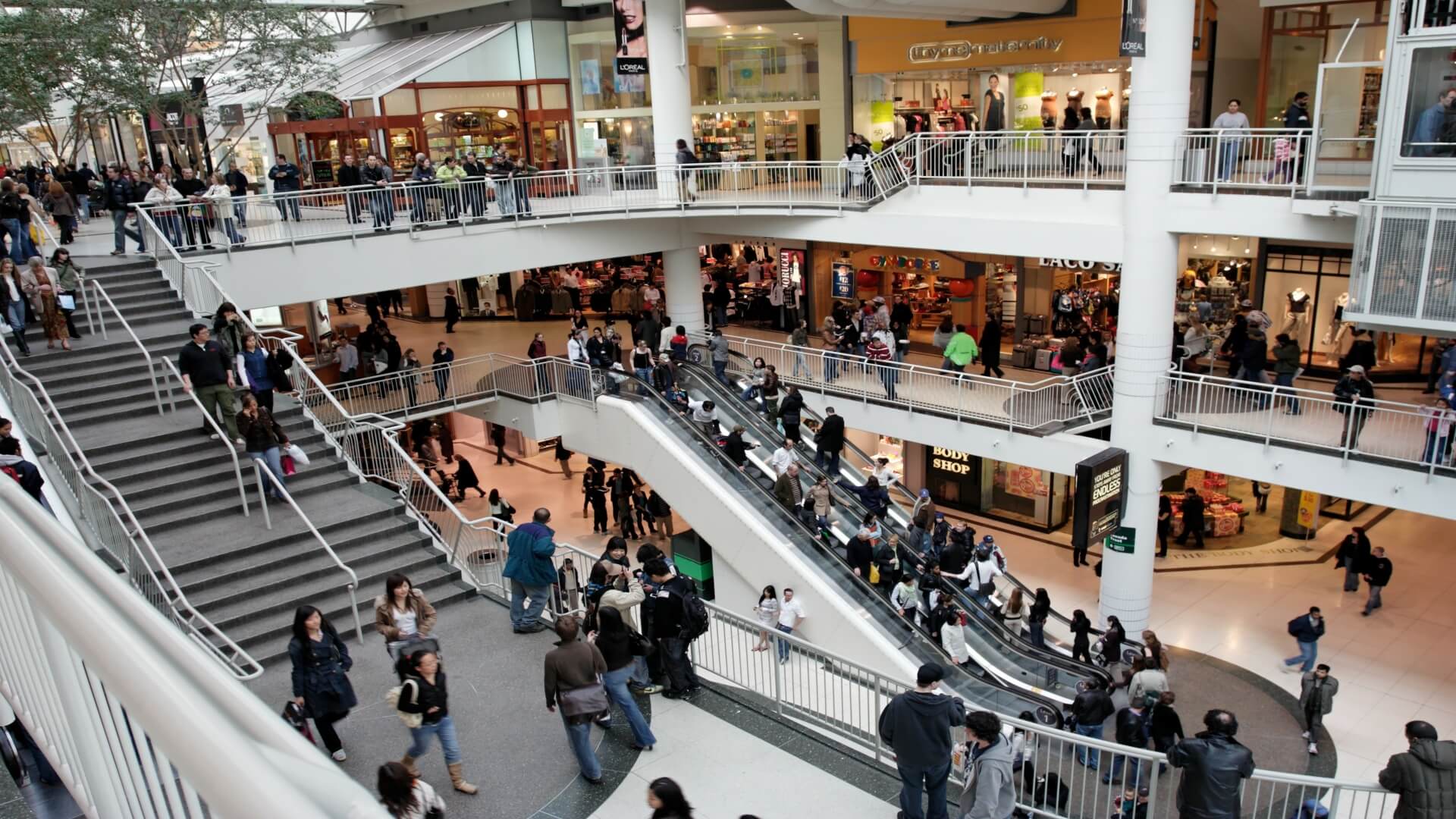6 Ways to Optimize Mall Design for More Business
If you plan on designing a mall, you’d want to ensure the design supports business and helps it flourish.
There are a number of factors that can make or break your mall design’s business quotient, and in this blog, we will discuss some of them. Here are six ways to optimize your mall’s design for more business.
1. Utilize indoor mall mapping
One of the effective strategies to enhance your mall’s experience is to implement indoor mall mapping.
This technology can help utilize interactive maps and navigation systems, guiding visitors seamlessly through the mall. By integrating digital displays and touchscreens at key locations, design managers can enable shoppers to easily locate stores, services, and amenities along with the fastest routes to their desired destinations.
While an experienced manager can also help with the indoor map, for best results, it’s advisable to consult a professional mall mapping company.
Several mapping platforms, such as MappedIn, offer indoor mall mapping software to make the process easier. Mall designers can leverage indoor mapping in shopping malls for optimum results.
2. Use intuitive signages
In addition to indoor mapping, having clear and intuitive signage throughout the mall is also important.
When traveling inside a mall, most people rely on signage boards for wayfinding. Whether one is looking for the restroom, food court, or the main shopping area(s), signage can guide them to their destination.
With consistent and visually appealing signs in place, shoppers can easily navigate their way around the mall without feeling overwhelmed.
3. Smartly plan the layout
In a mall design plan, the stores should be located strategically adjacent to each other.
For example, a footwear brand right next to an apparel store may make more sense than it being located next to Dunkin Donuts. Although the latter may also produce great results in different circumstances while planning the mall layout, stores’ locations should be primarily considered.
By grouping similar stores together, creating themed sections, or arranging stores according to the natural flow of foot traffic, malls can boost business.
4. Have space for engaging common areas
To encourage visitors to spend more time in the mall, designers should provide appealing common areas that help visitors relax and socialize.
Incorporating comfortable seating areas, vibrant indoor gardens, or even interactive installations can create a welcoming environment. Apart from this, offering free Wi-Fi, charging ports, and well-designed food courts can enhance the overall mall experience, making it more likable for leisure and entertainment.
5. Embrace technology and personalization
With the rise of technology, malls should leverage digital advancements to offer personalized experiences to visitors.
For example, beacon technology can allow retailers to send customized offers and notifications to shoppers based on their location in the mall. Similarly, virtual reality and augmented reality experiences can also provide an immersive shopping experience, driving customer engagement.
6. Prioritize security and safety
The safety of visitors in the mall should be any manager’s top priority. For this, malls should implement robust security measures, such as surveillance systems, well-trained security personnel, and emergency response plans.
Additionally, the mall should be designed in such a way that it can accommodate all the security paraphernalia without compromising the security and comfort of visitors.
Clear signage indicating emergency exists, accessible ramps, and designed safe areas should also be displayed throughout the mall. This will diminish rescue-related challenges during emergency situations.
Wrapping up
To thrive in today’s competitive retail landscape, mall owners and operators must continually optimize their mall’s design. This can help attract new customers and retain existing customers. With the help of indoor mall mapping, intuitive signages, and improved store layout, mall managers can pave their way for a successful business.
In this blog, we discussed several ways to optimize mall design to increase business flow.
Hopefully, this was helpful.

















